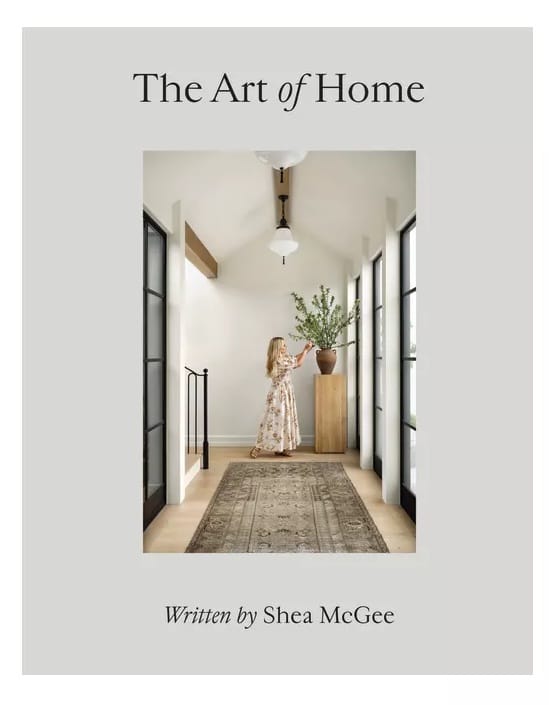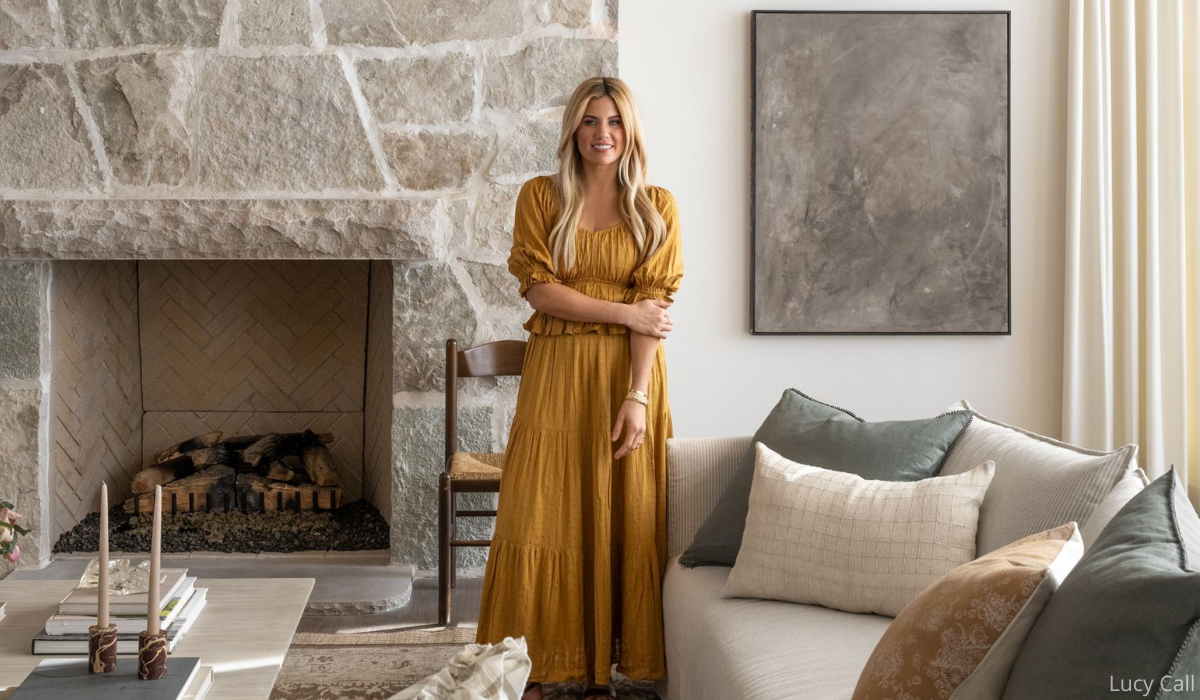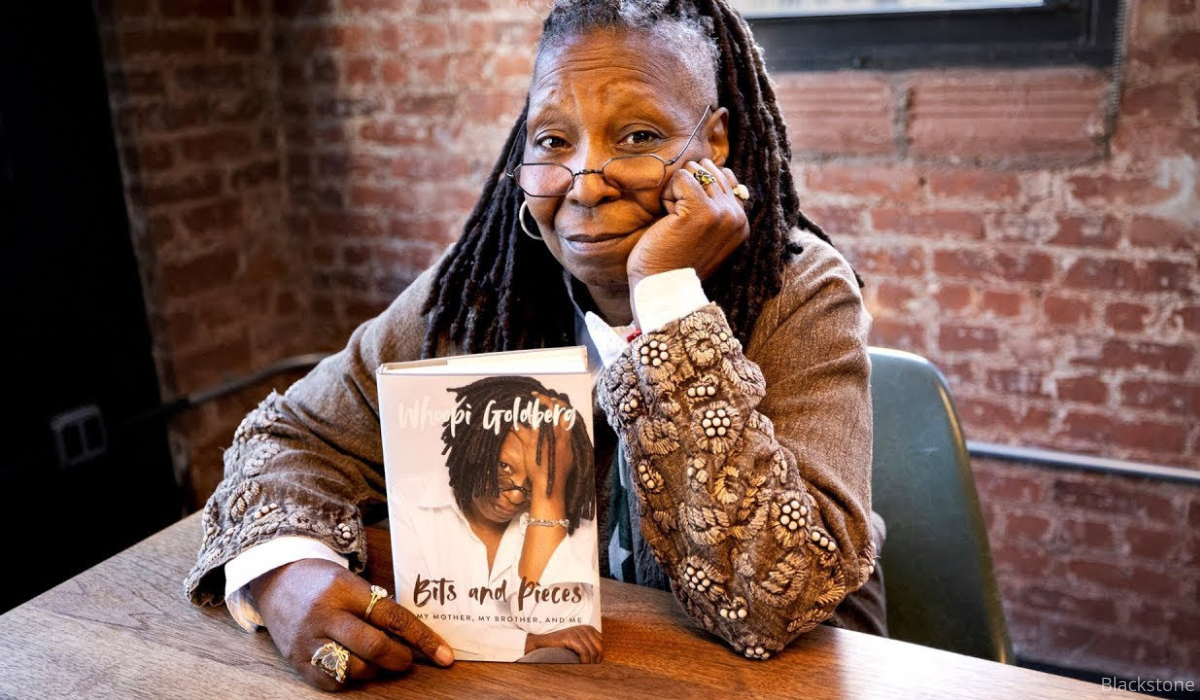Is Your Home a Place of Healing? Superstar Designer Shea McGee Shows Us How to Create Our Own Safe Havens
It is a universal truth: No matter who we are, where we come from, or what size our home is, every one of us deserves to live in a space that is safe, warm, and beautiful. Home is more than where we lay our heads at night. It is a place of healing and expression.
But how do we create such a place? And where do we even begin? We ask these very questions of Shea McGee. The stellar interior designer, who is the author of the new book The Art of Home and the star of the Netflix show Dream Home Makeover, has an unparalleled talent for both designing organically beautiful homes and inspiring people how to do so for themselves.
McGee believes good home design is more profound than a fancy sofa or perfectly hued walls. Good design is about wellbeing. “I’m at my happiest, healthiest, most productive self when my environment has some order and beauty to it,” she says.
A CONVERSATION WITH SHEA MCGEE
In your book, you talk about your early home with your husband Syd and how you believe design "principles can be applied to any size, scale, or style." Would you share with us how beautiful interior design can be for everyone, no matter the size of their home?
During those years when it was just Syd and I in a small space and on a limited budget, I wanted to create a home for the two of us to feel comfortable and start our life together. With limited time, resources, and budget, it wasn't easy, but that made it even more rewarding. I pored over design magazines and books (and still do) for inspiration. From paint colors to gallery walls, I would take note of details from aspirational homes and try them out on my own. I'll never forget how good it felt to cook in our tiny kitchen after I hand-painted the dated kitchen cabinets. The root of interior design is creating a home, a safe haven for you and your family. That same desire is there regardless of the size of the space you live in.
How do you see the connection between creating a home that feels beautiful and safe to one's mental and emotional well-being?
It's everything! Just think of how good it feels to come home to a space that's clean and orderly. That's a feeling even people who aren't into interior design can appreciate. There's a quote about how a cluttered home leads to a cluttered mind, and I completely agree. I'm at my happiest, healthiest, most productive self when my environment has some order and beauty to it. This is why people go to coffee shops to work. It's a calm, soothing environment, and the same applies to your home.
You say that 'home is a feeling.' How do we start to lean into creating a feeling in our home?
I think the best piece of advice for someone who wants to make their house feel more like their home is to bring in pieces that make you happy when you pass by. Buying furniture and art based on functionality is important, but these decisions should be two-pronged. You should also like looking at it, like the way it flows, and like living with it every day. I always tell people who are trying to tackle their home design on their own to slow down and live in the space before buying major pieces. Flip through Pinterest or magazines, go to a few stores, start to figure out what your eye is drawn to, and then find those styles in pieces that work functionally for your space.
For our readers who are seeking to create a home that is warm, inviting, and beautiful to them, where is the first place to start?
A good way to create a space that is inviting is to invite people over. Take notes of what's missing. Is there enough seating? Does conversation flow naturally, or are you yelling over people to others who have to sit across the room? If it's a small space, the only option may be to have people sit on the floor. In this case, a few floor cushions or even a few extra toss pillows on your couch could be nice that you don't mind people putting on the floor. Maybe a big basket in the corner with extra throw blankets.
For a home that feels warm and beautiful, start collecting things you love. If you like plants, start to collect them. Greenery is a great way to add warmth to a space, and if you're just starting out, it's something to nurture and watch grow. If "real" art is out of your budget, frame some memories that bring you joy, which could be concert tickets, handwritten notes, or family photos. I love collecting ceramics from antique stores and our travels and stacking them in our kitchen or using them as little dishes for storing jewelry. Get cozy bedding you can't wait to get into at night and nice bath towels that envelop you in warmth. Over time, the feeling of home will develop as you fill your space with things that bring you happiness and a sense of contentment.
You write that "the magic happens at the intersection of beauty and livability." Will you expound on this?
This goes back to how a piece feels and functions in your home. Neither of these should take precedence. You won't be happy if a piece of furniture is too big and cuts off the flow of the room. Imagine having to shuffle around your dining table every time you walk to the kitchen. You also won't be happy if that dining table fits the room, but not your style. Your home will feel the magic when both of those desires are met.
Lastly, are there any universal design rules you're willing to share? And mistakes to avoid?
There's something that I talk about in my book The Art of Home that I consider a universal rule: Sometimes—in design and life—the best results come from pivots. Or even mistakes. Be gentle with yourself in all things because sometimes, when you mess it up the worst or completely regret a decision, those lead to the most beautiful outcomes.

Shea McGee is an interior designer, author, TV personality, and the co-founder of the design firm Studio McGee, which she started with her husband, Syd. Learn more at studio-mcgee.com and follow her at @studiomcgee.




